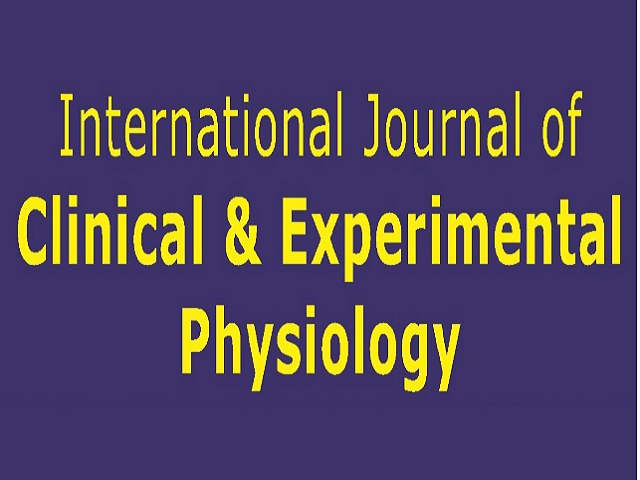News and Views
Abstract
Cardiovascular Diseases (CVDs) are the leading cause of death globally representing 32% of all global deaths. Of these deaths, 85% were due to heart attack and stroke with over three quarters taking place in the low and middle socio-economic countries.[1] It constitutes 38% of the total premature death due to non-communicable disease.[1] Surgery, such as Coronary Artery Bypass Grafting (CABG) or Percutaneous Coronary Intervention (PCI), is often effective in treating the underlying blockages or narrowing of arteries in Ischemic Heart Disease (IHD). However, it is important to understand that surgery alone may not be sufficient to improve the Activity of Daily Living (ADL) in individuals with IHD. Older patients more frequently undergo cardiac surgery for improving rather than quantitating quality of life.[2] Post cardiac surgery is associated with many complications which may be multi factorial. Pulmonary and neurological complications due to Procedure/anaesthesia/ both, are the most common. Among the pulmonary complications atelectasis (32-72%) and pleural effusion (24-63%) are the most common.[3] Among the neurological dysfunction, postoperative cognitive dysfunction due to surgery is the most common.[4] Postoperative cognitive impairment affects between 10–40% of patients in the sixth postoperative week following cardiac surgery. Only around 45% of patients fully recover from cognitive impairment after 1 year post cardiac surgery.[5] A cognitive or mental decline can also lead to impaired ADL's.[6] Apart from medications, structured cardiac rehabilitation program is often recommended after surgery or other interventions for ischemic heart disease. These programs provide supervised exercise training, education on heart-healthy living, counselling, and support to help individuals regain their strength, manage symptoms, and improve ADL. The addition of yoga-based relaxation to conventional post-CABG cardiac rehabilitation helps in better management of risk factors in those with abnormal baseline values and may help in preventing recurrence.[7]. Read more...






